Ask AI on The Internet
Question: Instruction: Study the cartoon below and then answer the questions that follow: Source: https://www.cartoonstock.com/directory/p/plagiarism.asp Question 1 1.1Name and explain the purpose of the punctuation mark at the end of "DON'T YOU HATE" in the cartoon. (3 marks) 1.2What is happening in the cartoon? Write a short storyline of the cartoon. (5 marks) 1.3 What message do you think the cartoon is trying to convey? (2 marks) 1.4 In a paragraph of 5 sentences, tell us about an instance in which you or someone else found themselves in a similar situation to the one portrayed in the cartoon. (6 marks) 1.5 Mention and explain at least 2 things a student should do or actions one may take to avoid finding themselves in a similar situation to the one portrayed in the cartoon. (4 marks) Sub-Total 20 marks Question 2 One of the purposes of Unit 5 and 6 of Tutorial letter 501, the study guide, is to introduce conventions of academic writing and enhance student writing skills. In an essay of about 500 words (about a page-and-a-half) discuss how plagiarism affects students’ competence in real life. Make sure your essay covers the following: • Mentions and discusses 3 possible effects of plagiarism in one’s life. • Suggests at least 3 measures that could be taken to deal with plagiarized work. • Cite at least 3 academic sources in the body-text of your essay
### Question 1 **1.1 Name and explain the purpose of the punctuation mark at the end of "DON'T YOU HATE" in the cartoon.** The punctuation mark at the end of "DON'T YOU HATE" is a question mark. The purpose of the question mark is to indicate that the phrase is a question, inviting the reader or the person whom the character is addressing to respond or contemplate. It signifies the rhetorical nature of the statement and elicits a reaction, often of agreement or commiseration. (3 marks) **1.2 What is happening in the cartoon? Write a short storyline of the cartoon.** In the cartoon, there is likely a scene involving two or more characters where one character accuses or points out the frustration they have with plagiarism. Another character might be shown copying or plagiarizing someone else's work, illustrating the problem. For instance, one character may be asking the other, “DON'T YOU HATE it when someone copies your work word-for-word?” highlighting the annoyance or ethical concern about plagiarism. The cartoon is likely using humor or exaggeration to bring attention to the seriousness of plagiarism. (5 marks) **1.3 What message do you think the cartoon is trying to convey?** The cartoon conveys the message that plagiarism is an unethical practice that frustrates and negatively impacts those who produce original work. It aims to highlight the importance of originality and integrity in academic and creative endeavors. (2 marks) **1.4 In a paragraph of 5 sentences, tell us about an instance in which you or someone else found themselves in a similar situation to the one portrayed in the cartoon.** During my first year of university, I worked diligently on a research paper for weeks. Imagine my surprise when I discovered that a classmate had copied several sections of my paper word-for-word and submitted it as their own. When the professor confronted both of us, I was able to prove my original work thanks to earlier drafts and notes. The incident made me realize how imperative it is to maintain one’s own academic integrity and be vigilant in safeguarding one’s work against plagiarism. It was both an eye-opening and frustrating experience that taught me the value of intellectual honesty. (6 marks) **1.5 Mention and explain at least 2 things a student should do or actions one may take to avoid finding themselves in a similar situation to the one portrayed in the cartoon.** 1. **Use plagiarism detection tools:** Students should make use of plagiarism detection software such as Turnitin or Grammarly before submitting their work. These tools help identify unintentional similarities and ensure the work is original. 2. **Proper citation and referencing:** Students should always provide proper citations and references for any ideas, quotes, or data that are not their own. Using the appropriate academic style, such as APA or MLA, to acknowledge sources helps to avoid accidental plagiarism and gives credit to the original authors. (4 marks) ### Question 2 **How Plagiarism Affects Students’ Competence in Real Life** Plagiarism presents a significant ethical dilemma in academia, undermining the very essence of learning and competence. It not only distorts the academic process but also has far-reaching implications in a student’s real-life development. This essay will discuss three possible effects of plagiarism on one's life and propose measures to deal with it. One of the most immediate effects of plagiarism is the weakening of academic credibility. When students engage in plagiarism, they risk being caught and facing severe penalties including failing grades, suspension, or even expulsion from their educational institutions (Jones, 2011). This not only tarnishes their academic record but also erodes trust between students and educators. Over time, such academic misconduct can result in loss of opportunities in terms of scholarships, internships, and other academic recognitions, which are crucial for professional growth. A second significant impact of plagiarism is the stunted development of critical skills. The purpose of educational assignments and research is to enhance critical thinking, problem-solving abilities, and subject-matter expertise (Sutherland-Smith, 2016). However, students who plagiarize bypass these learning processes, leading to gaps in knowledge and skill sets. This academic disengagement impairs their ability to think independently and solve problems creatively, putting them at a disadvantage in professional settings where these skills are invaluable. Furthermore, engaging in plagiarism can result in prolonged ethical and legal repercussions. Academic dishonesty can follow students into their professional lives, where integrity and originality are paramount. Many professions require adherence to strict ethical guidelines, and past misconduct can resurface, damaging one’s reputation and career prospects (Pennycook, 1996). In some cases, plagiarism can lead to legal battles, especially if intellectual property rights are infringed, imposing further financial and social costs on the individual. To mitigate the pervasiveness of plagiarism, it is essential to adopt a multi-faceted approach. Firstly, academic institutions should emphasize the importance of originality and integrity right from the early stages of education (Koltay, 2015). This involves designing curriculums that focus on teaching students how to research, write, and cite sources correctly. Educators can integrate workshops and seminars about plagiarism and its consequences, thereby cultivating a culture of honesty. Secondly, institutions should deploy advanced plagiarism detection tools to deter academic dishonesty. Programs like Turnitin can identify and flag potentially plagiarized content, ensuring that students submit only original work. Regular use of such tools can also help in educating students about plagiarism and the importance of producing unique intellectual contributions. Lastly, introducing clear and stringent policies regarding plagiarism is crucial. Policies should detail the consequences of plagiarism and outline the necessary steps to avoid it. These policies should be uniformly enforced to ensure fairness and consistency in handling cases of academic dishonesty. In conclusion, plagiarism adversely affects students' academic credibility, hinders their skill development, and can lead to long-term ethical and legal issues. Addressing this issue requires a comprehensive strategy involving education, technology, and policy enforcement. By fostering a culture of academic integrity and originality, students can better prepare for competent and ethical participation in their professional lives. **References** Jones, K. (2011). *Academic integrity and plagiarism: How to teach students?.* Journal of Academic Ethics, 9(1), 67-77. Sutherland-Smith, W. (2016). *Plagiarism, the Internet, and Student Learning: Improving Academic Integrity.* Routledge. Pennycook, A. (1996). *Borrowing others’ words: Text, ownership, memory, and plagiarism.* TESOL Quarterly, 30(2), 201-230. Koltay, T. (2015). *Avoiding Plagiarism through Academic Writing Integrity*. Chandos Publishing. (20 marks)
Think your answer is better than the AI's? Post it below.
Other Most Relevant Posts:
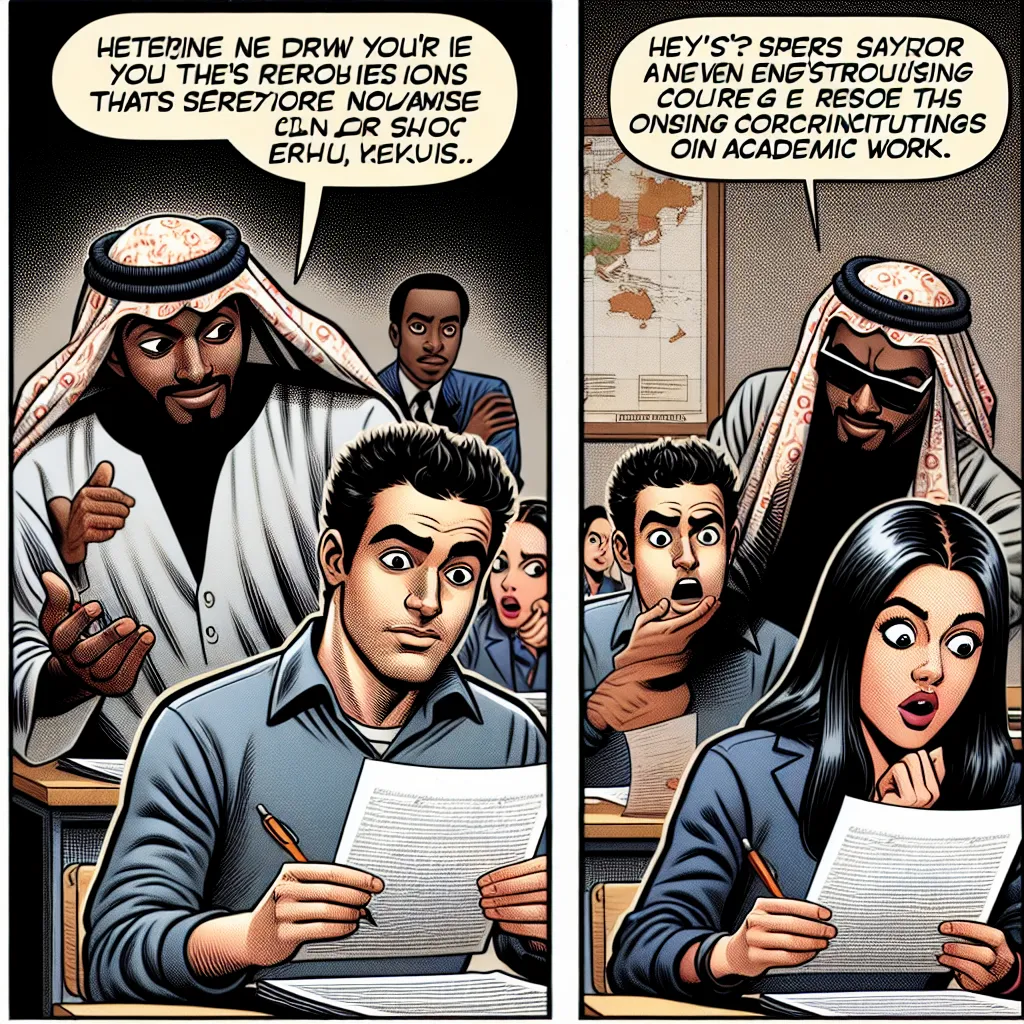 Ask AI: What is happening in the cartoon? https://www.cartoonstock.com/directory/p/plagiarism.asp Write a short storyline of the cartoon.
Ask AI: What is happening in the cartoon? https://www.cartoonstock.com/directory/p/plagiarism.asp Write a short storyline of the cartoon.
Question Tags
If you want your question answered by an AI, click here.
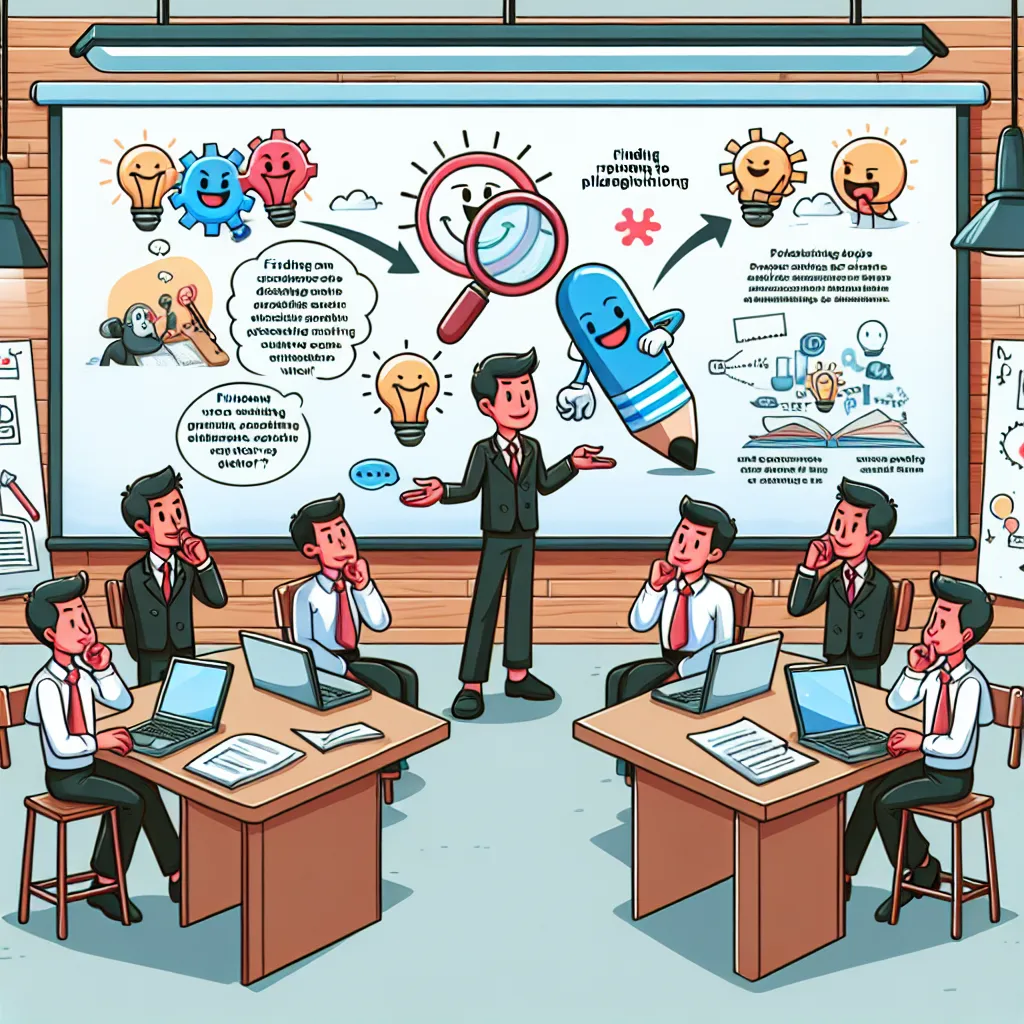
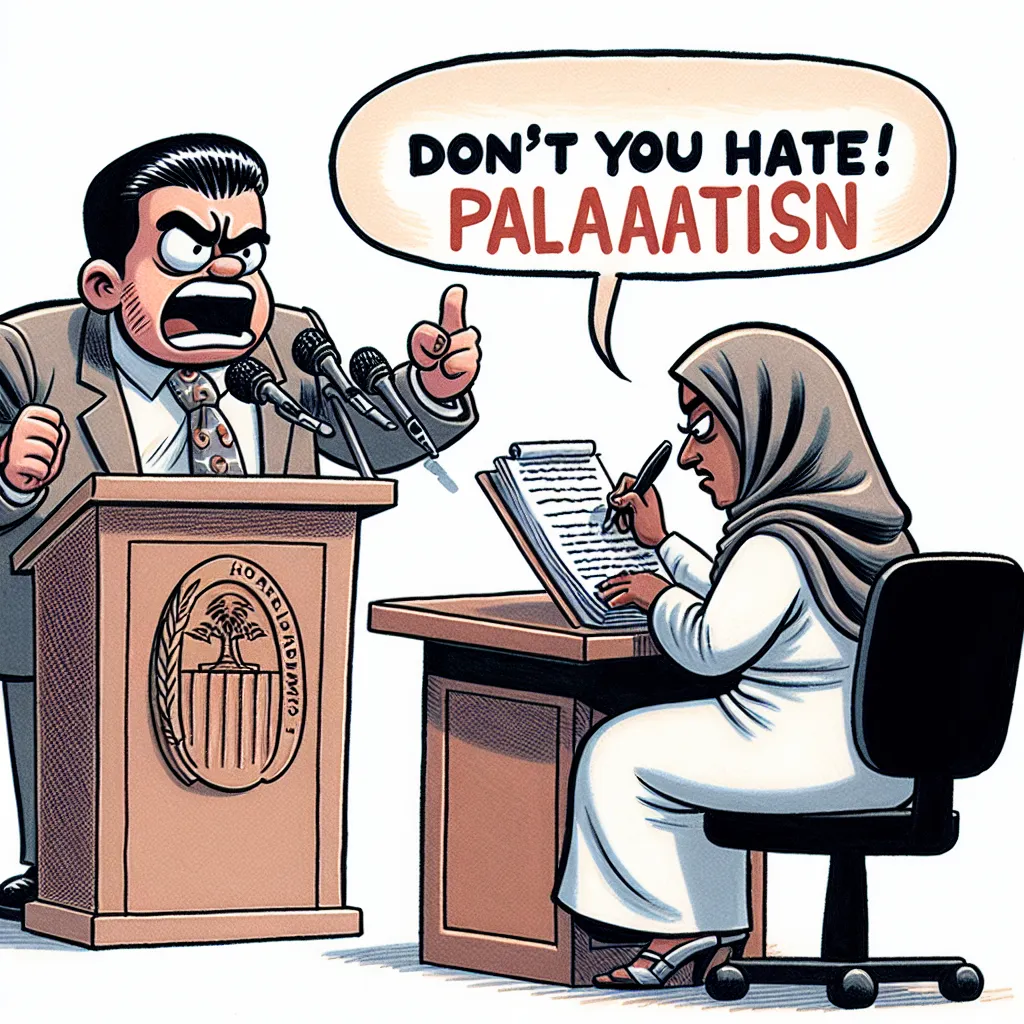
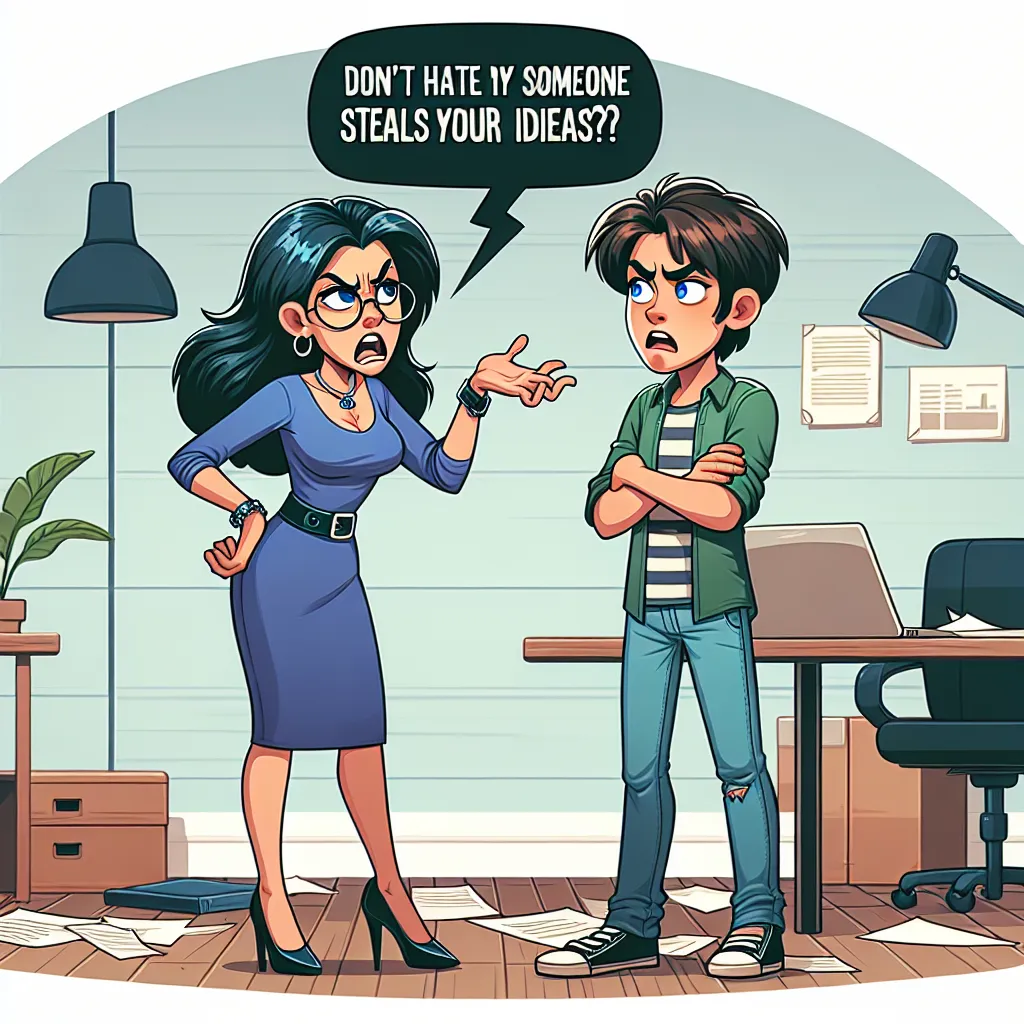
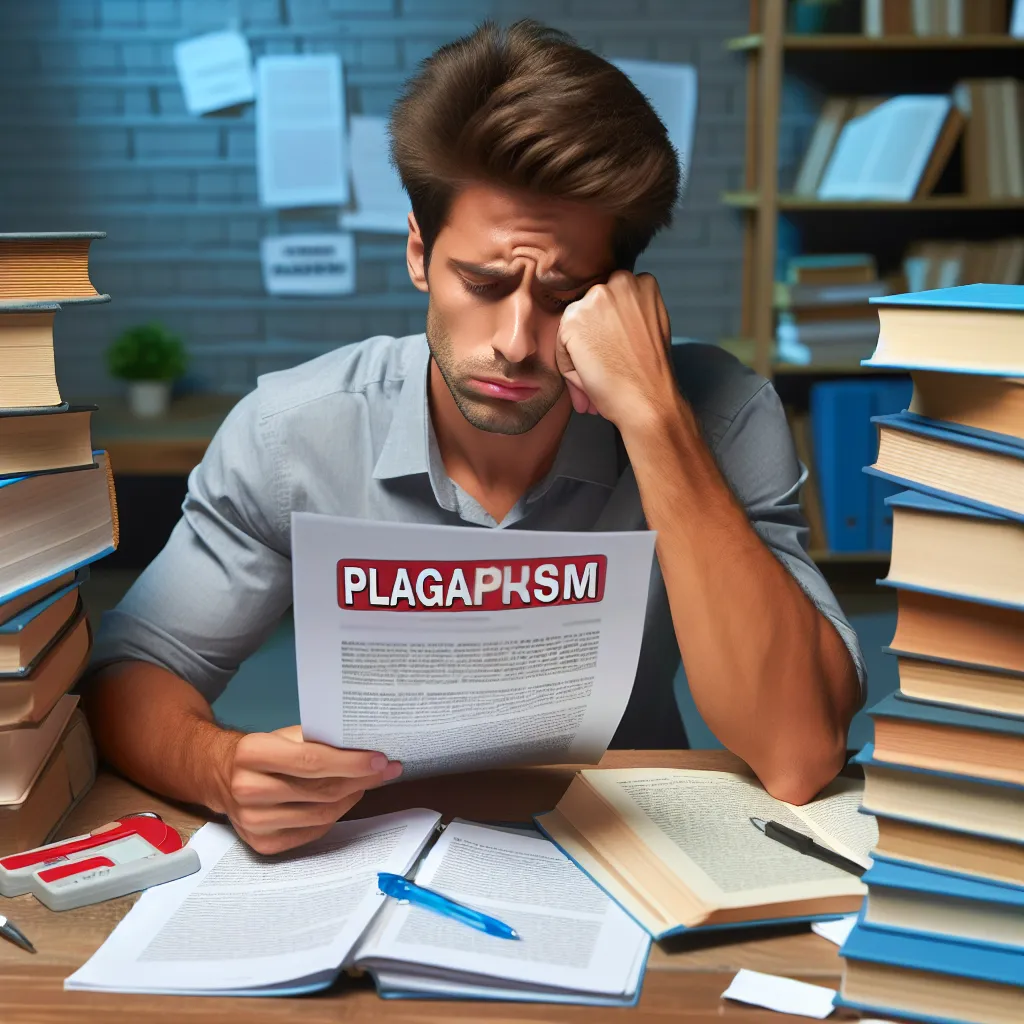
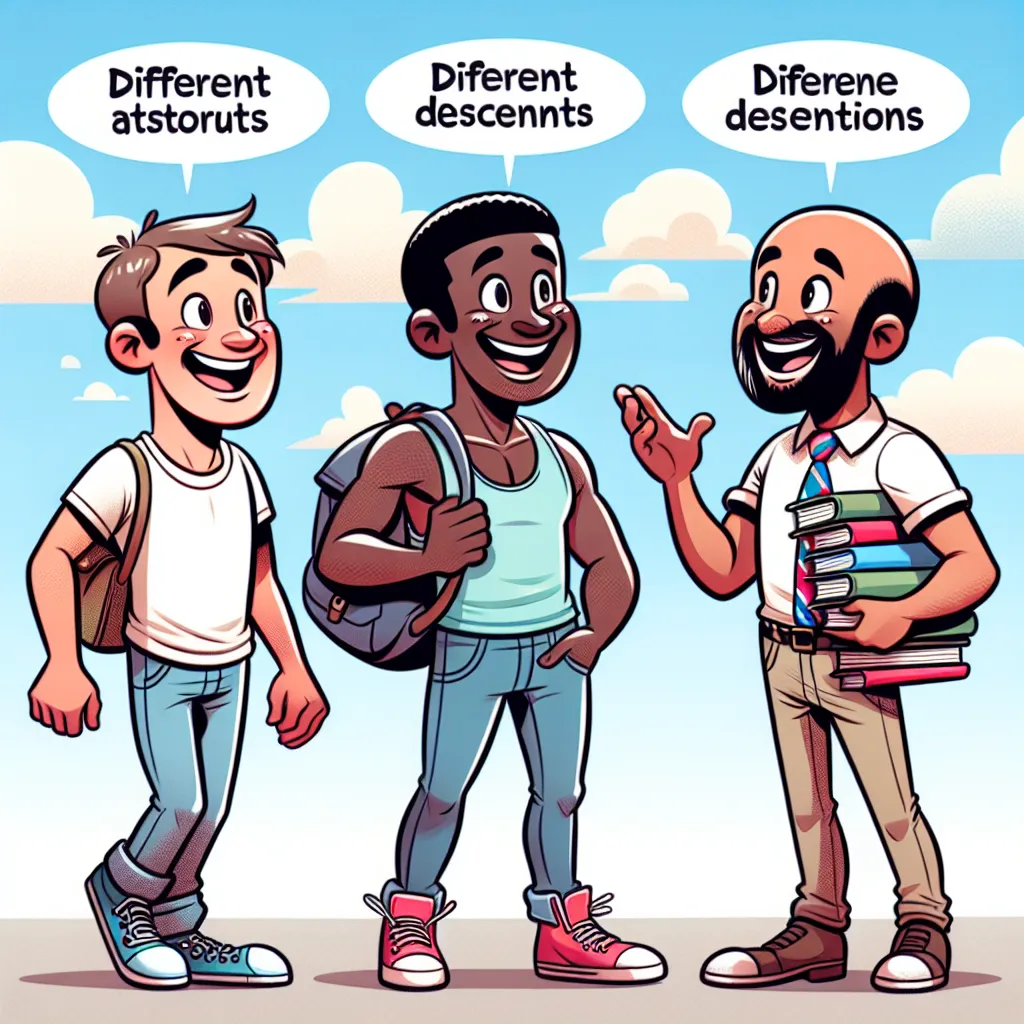

Post your own comment: